
Recording a Teams meeting is a simple yet powerful way to capture important discussions, presentations, and decisions made during a session. By learning how to record a meeting, you can ensure that nothing is missed and create a reliable record for future reference.
This guide will walk you through the process step-by-step, offering insights into how to seamlessly record, save, and share your meetings. Whether you need to revisit critical points, share the session with absent team members, or comply with organizational policies, mastering this skill is essential. Continue reading to discover how to enhance your productivity and communication within Microsoft Teams.
Who Can Record A Teams Meeting?
Typically, the person who schedules a Teams meeting can also record it (in the paid version of Microsoft Teams). However, your organization's IT department may have specific settings or permissions in place that control who can record meetings and audio.
Who can record a Teams meeting?
To record a Microsoft Teams meeting using the built-in recorder, you must fulfill all the details following requirements:
- Have a qualifying Office 365 license (such as Enterprise E3, Business Premium, etc.)
- Have recording enabled by your IT administrator
- Be the meeting organizer or a member of the same organization
Who cannot record a Teams meeting?
- Meeting guests
- People from outside your organization
- Anonymous participants
Important Note: Recordings automatically stop when all meeting participants leave and will be accessible for up to four hours.
Regardless of who can record, it's crucial to be open about when a meeting is being recorded. This transparency builds trust, boosts employee morale, and helps maintain a positive work environment.
Moreover, respecting privacy laws is essential for legal compliance and creating a secure workplace. Regulations like GDPR and CCPA protect personal information and help prevent legal issues.
3 Ways You Can Record A Meeting On Microsoft Teams
Microsoft Teams recording now is accessible on computers, smartphones, and web browsers. To record Microsoft Teams meetings, you'll need a paid Microsoft account, unfortunately, you cannot record a Teams meeting for free. You can choose from several paid business plans such as Business Basic, Business Standard, and Business Premium.
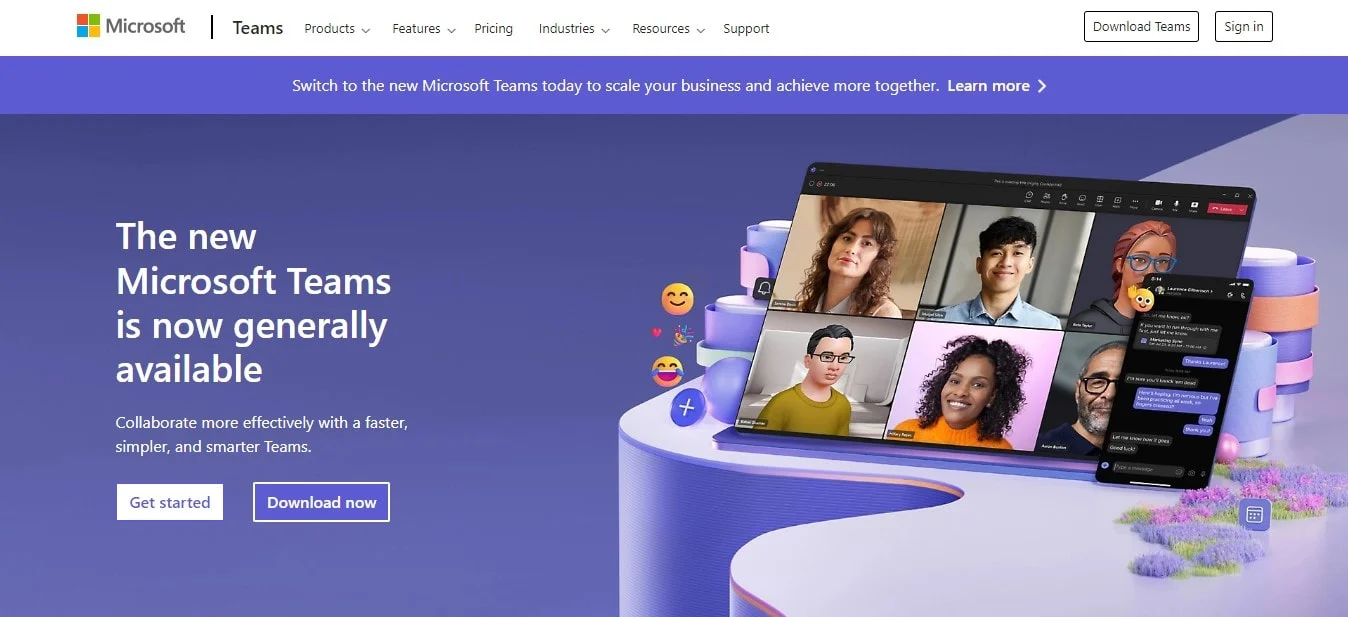
How to record a Teams meeting on mobile (iPhone and Android)
If you're dealing with slow or unreliable internet, recording a Teams meeting on your phone can be a reliable option.
To record a Teams meeting on your mobile device:
1. Get the Microsoft Teams app from the App Store or Google Play Store.
2. Sign in to your Microsoft account, allow microphone and camera access, and join the desired meeting.
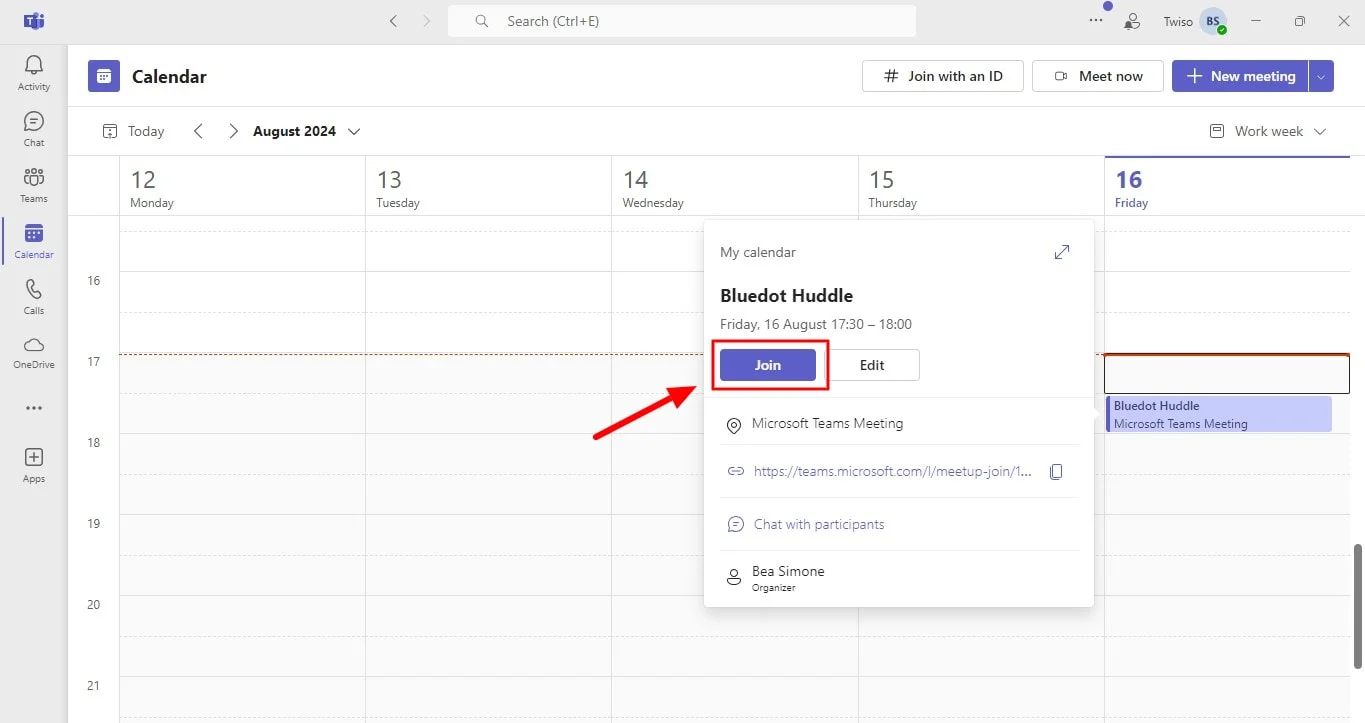
3. Locate the "More actions" button (three dots) in the meeting controls
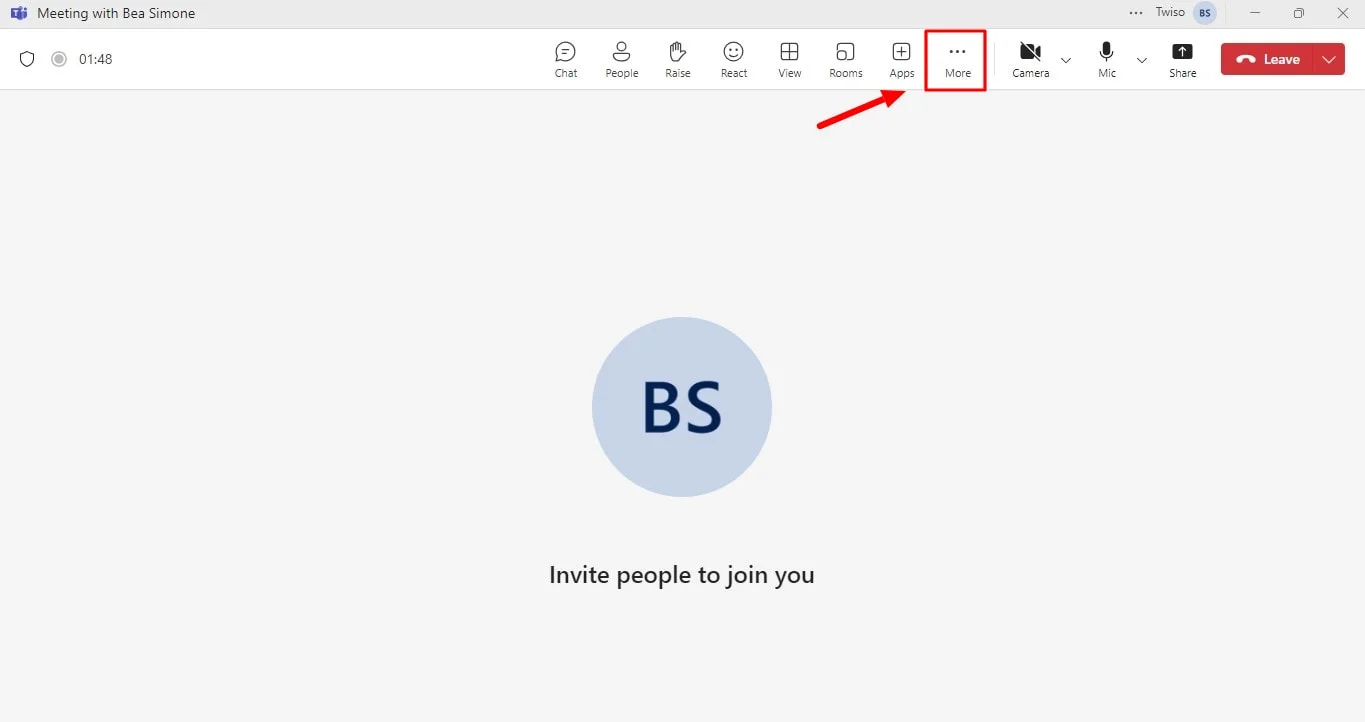
4. Select "Record and transcribe."
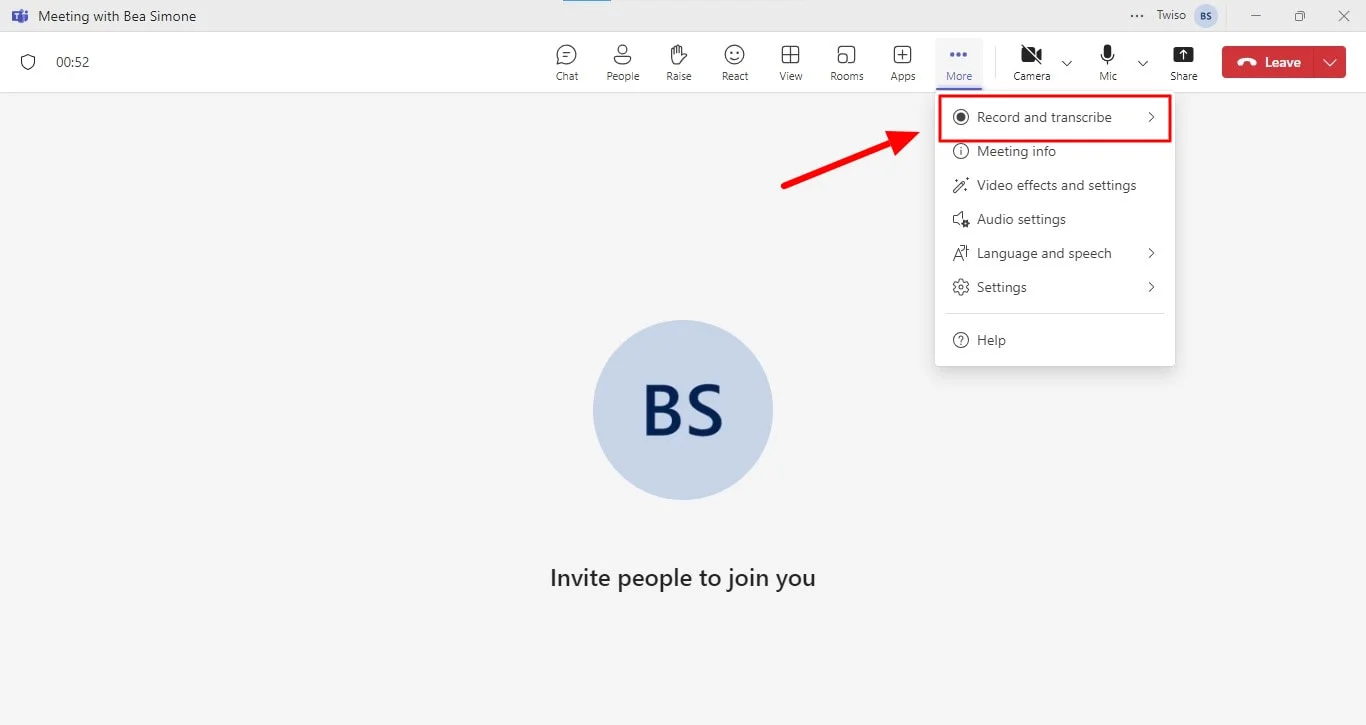
5. Click
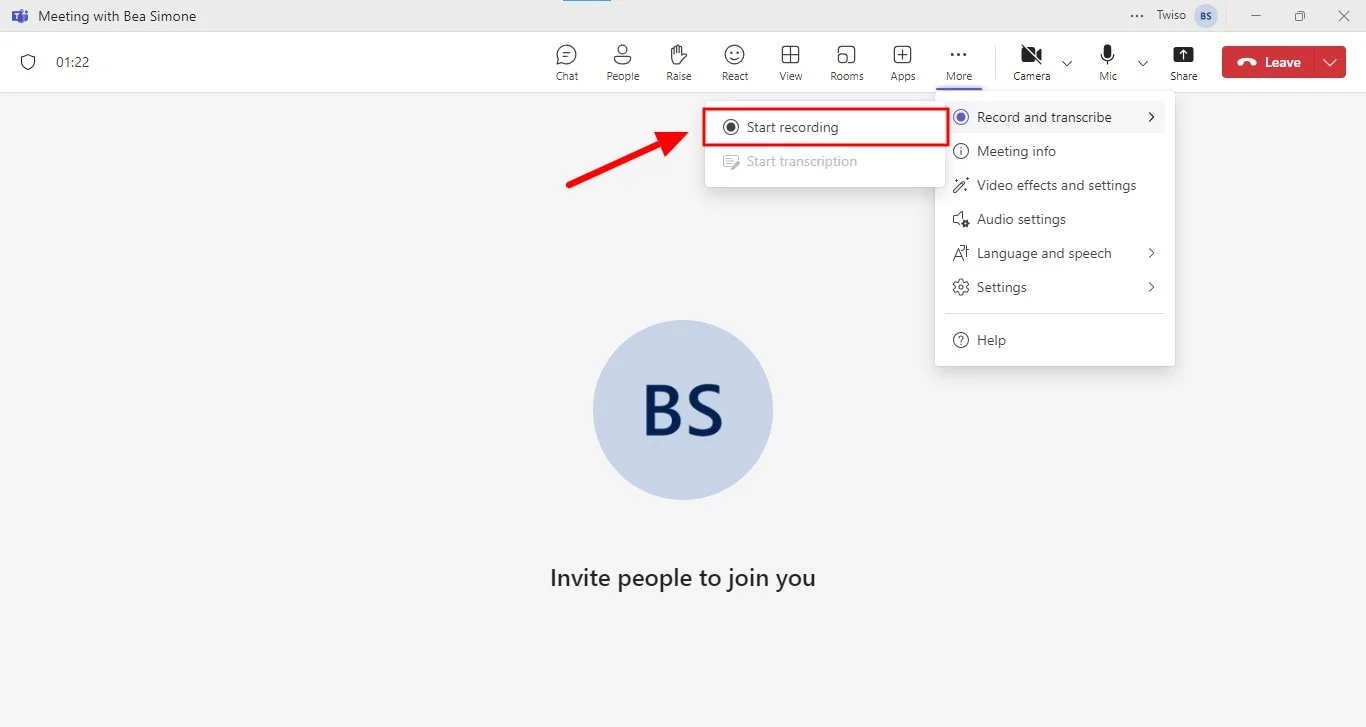
6. A clear notification will appear to let everyone know the meeting is being recorded.

7. When finished, return to the "More actions" menu and select "Stop recording."
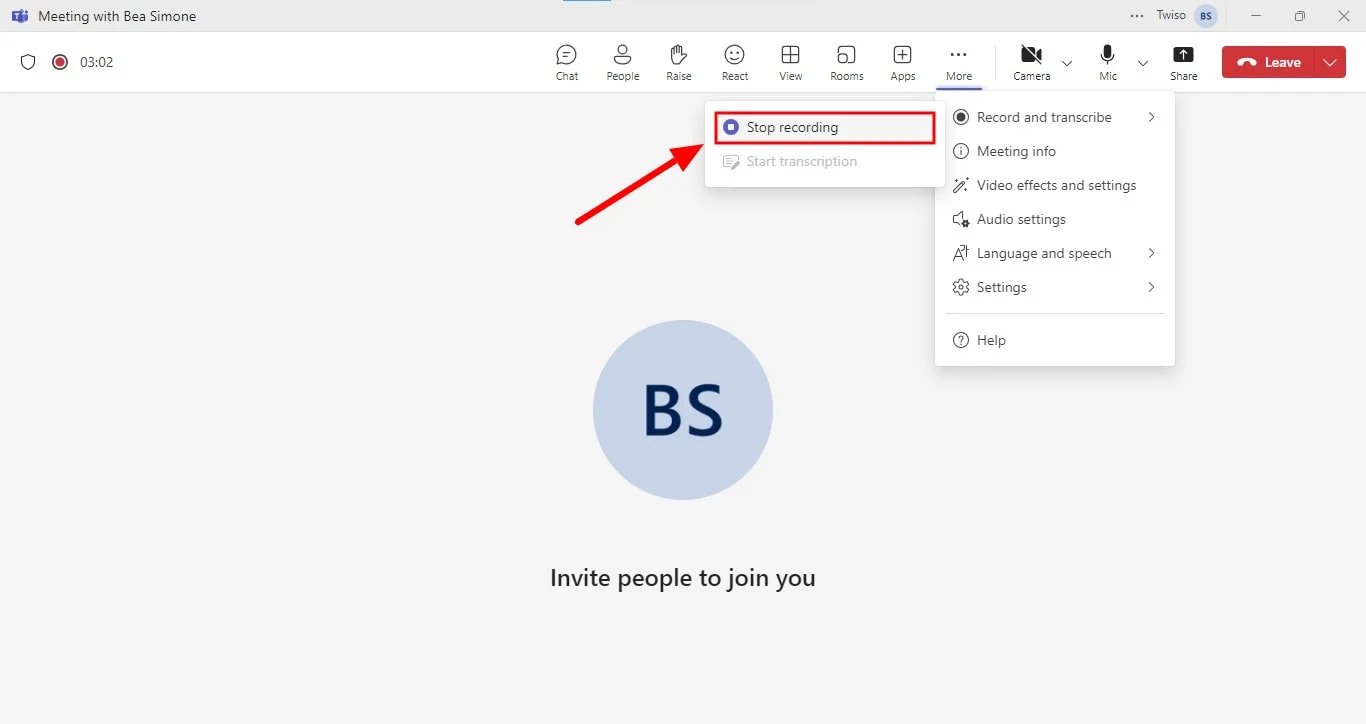
The recorded video can be saved to your phone or a cloud storage service.
How to record Microsoft Teams meetings with the built-in option (Windows)
Recording a Teams meeting on a Windows device is simple and requires no extra tools. The recording captures all meeting settings, audio, video, and shared screens, and is securely stored for internal sharing. However, it won't include whiteboards, notes, or embedded content from PowerPoint Live presentations.
Here's how to record Teams meetings:
- Join the meeting: Access the meeting through the Teams app, web, or by phone if provided.
- Start recording: Click the "More actions" button (three dots) in the meeting controls and select "Start recording." Live transcriptions will also begin during the screen-sharing activity.
- Notification: All participants will be informed that the meeting is being recorded. The recording is automatically saved to the cloud for immediate access.
- Stop recording: When finished, click "More actions" again and choose "Stop recording." The recording ends when the meeting concludes.
To share the recording:
- Locate the recording file in your OneDrive or SharePoint.

- Share the file directly with specific people or copy and share a link to it.
Where to Find Your Teams Meeting Recording
The location of your Teams meeting recording depends on the meeting type:
- Channel meetings: Recordings are saved in the channel's SharePoint folder.
- Other meetings (like chat meetings or scheduled meetings): Recordings are saved in the meeting organizer's OneDrive.
- All meeting types: A link to the recording will appear in the meeting chat or channel conversation.
How to record Teams meetings with Bluedot
Bluedot is the ultimate tool for recording your virtual meetings.

- Start or join a Teams Meeting
- Open Microsoft Teams and either start a new meeting or join an existing one in your Teams Calendar.
- Begin recording
- Click on the Bluedot icon in your browser toolbar. Choose your recording options:
- Screen recording only: To capture just the screen.
- Screen and camera: To include both your screen and camera if needed.
- Choose which language you would like to record in.
- Click on the Bluedot icon in your browser toolbar. Choose your recording options:
- Manage recording
- To pause or stop the recording, click the Bluedot icon again. Use the toolbar options to manage your recording.
- Access and review
- After the meeting ends, Bluedot will automatically save your recording. You'll receive a full transcript of the meeting, which you can search through by typing specific words or phrases.
- Bluedot also generates an AI-powered summary, providing a quick overview of key points.
- Share
- To share the video, click on the Bluedot icon and select the option to make the recording available. You'll get a shareable link to distribute.
Conclusion
Mastering the art of recording Microsoft Teams meetings is essential for capturing valuable insights and streamlining workflows. By following the steps outlined in this guide, you can effortlessly record, manage, and share meeting content.
Especially when screen sharing is involved, a recording tool becomes crucial for capturing visual information and preserving the context of discussions. Tools like Bluedot can be invaluable in these situations.
Beyond transcription, Bluedot offers comprehensive features including recording, auto-generated emails, meeting templates, and secure cloud storage. By leveraging advanced technology, Bluedot transforms your meeting recordings into actionable assets, saving time to record audio and enhancing productivity.
Discover the power of efficient meeting management and elevate your team's collaboration with Bluedot.
FAQs
Can you record a Teams meeting as a guest?
No, guests cannot record a Teams meeting with the already built in feature-in. Only users with a Microsoft account and the necessary permissions granted by the meeting organization's IT admin can record meetings.
However, if you're using Bluedot, you can record your meetings as a guest. Bluedot doesn't require a bot to enter the meeting, so you can choose to notify the channel meeting participants. Be sure to ask permission before recording the meeting.
Do you need consent to record Microsoft Teams meetings?
While Microsoft Teams provides a built-in recording feature, the legality and ethical implications of recording meetings vary significantly by jurisdiction.
Key factors affecting consent requirements:
- Local laws and regulations: Some places have strict one-party consent laws, while others require consent from all parties involved.
- Organizational policies: Many companies have internal policies regarding meeting recordings, often requiring consent from all participants.
- Nature of the meeting: The purpose of the meeting and the information discussed can influence whether consent is needed.
How do you record a Teams meeting secretly?
While you can record your Microsoft Teams meetings secretly with Bluedot, it is not advised. Recording a Microsoft Teams meeting secretly is unethical and potentially illegal. It violates privacy rights and could lead to serious legal consequences.
If you're interested in recording a meeting, it's essential to obtain explicit consent from meeting organizers and all participants beforehand. This ensures transparency and respect for everyone involved.

%201.svg)
